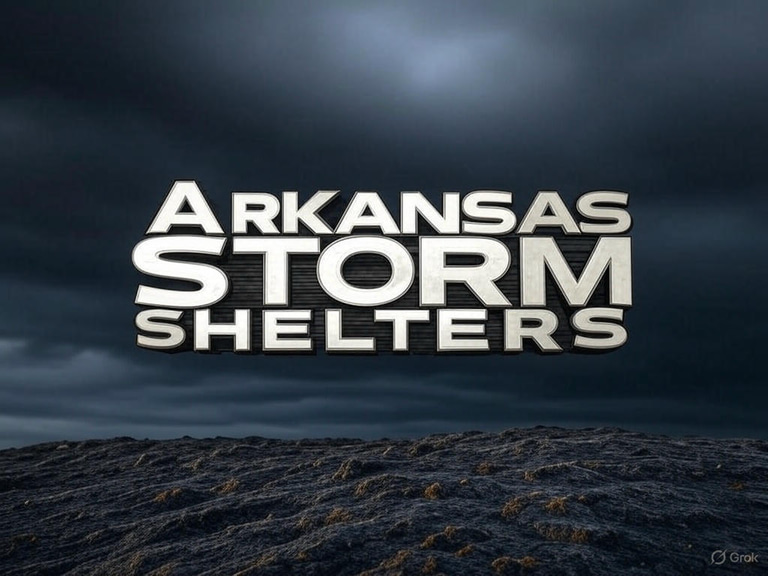Storm Warning Systems & Your Shelter: How Much Lead Time Do You Really Have?
When severe weather is approaching, minutes matter. The faster you receive a warning, the more time you have to reach safety. But how much lead time do today’s storm warning systems actually give you—and is it enough to get to your shelter? This post breaks down how warnings work, what “lead time” really means, and how you can make the most of every precious minute.
9/25/20251 min read
How Modern Storm Warning Systems Work
Today’s warning network is a layered system designed for speed and accuracy:
Doppler Radar: Detects storm rotation to identify potential tornadoes.
Satellite Data: Monitors storm development across wide areas.
Wireless Emergency Alerts (WEA): Sends instant notifications to mobile phones.
NOAA Weather Radio: 24/7 broadcasts of watches and warnings.
Outdoor Sirens & Media: Local sirens and emergency TV/radio messages warn communities of immediate danger.
These systems work together to maximize the time you have before a storm hits—but nature is unpredictable.
Average Lead Times for Severe Weather
Tornadoes
8–15 minutes
Fast-moving cells can cut warning times to less than 5 minutes.
Severe Thunderstorms
20–45 minutes Larger systems are easier to track and predict.
Flash Floods
Under 1 hour Intense rain can trigger flooding suddenly.
Key Takeaway: Tornado warnings often provide only 10 minutes of notice or less. In rare cases, there may be no warning at all.
Preparing Your Shelter Plan: Time It Now
The best storm warning is useless if you can’t reach shelter quickly. Ask yourself:
How Long to Safety?
Time the route from your bedroom or living room to your basement or interior safe room.
If you live in a mobile home, identify the nearest public shelter and how long it takes to get there.
Practice Drills
Hold a family drill and include pets.
Aim to reach shelter in under three minutes.
Stock a Go-Kit
Keep water, a flashlight, batteries, medications, and a weather radio in your shelter area—not across the house.
Tips to Maximize Your Storm Lead Time
Enable Phone Alerts: Ensure Wireless Emergency Alerts are active on your smartphone.
Use Multiple Sources: Pair a NOAA Weather Radio with local weather apps or TV.
Stay Weather-Aware: Check forecasts frequently during severe weather seasons.
Shelter Early: If a tornado watch is issued and conditions worsen, move to your safe space before the official warning.
Final Thoughts
Storm warning technology is more advanced than ever, but technology isn’t perfect. A tornado could give you 10 minutes—or none at all.
The best protection is preparation:
Know your fastest route to shelter.
Practice until it’s second nature.
Treat every warning as urgent.
When the sirens sound, every second matters. The question isn’t just how much lead time the system gives you—it’s how ready you are to use it.
© 2025. All rights reserved.
ARStormShelters.com is your trusted resource for staying safe during severe weather. We offer comprehensive information about tornado shelters and help connect you with reputable installers and providers throughout Arkansas. Please note, we do not sell or install storm shelters ourselves.
